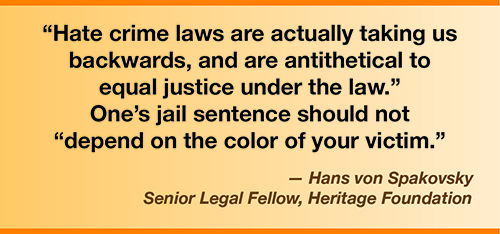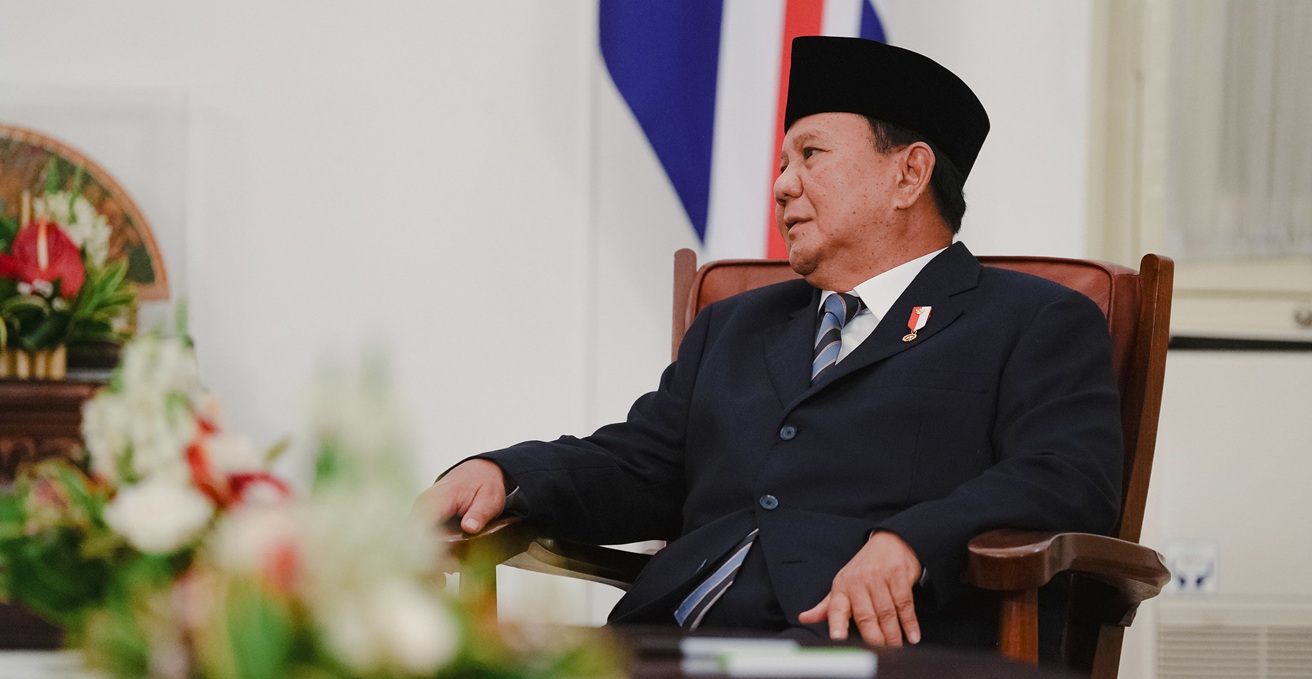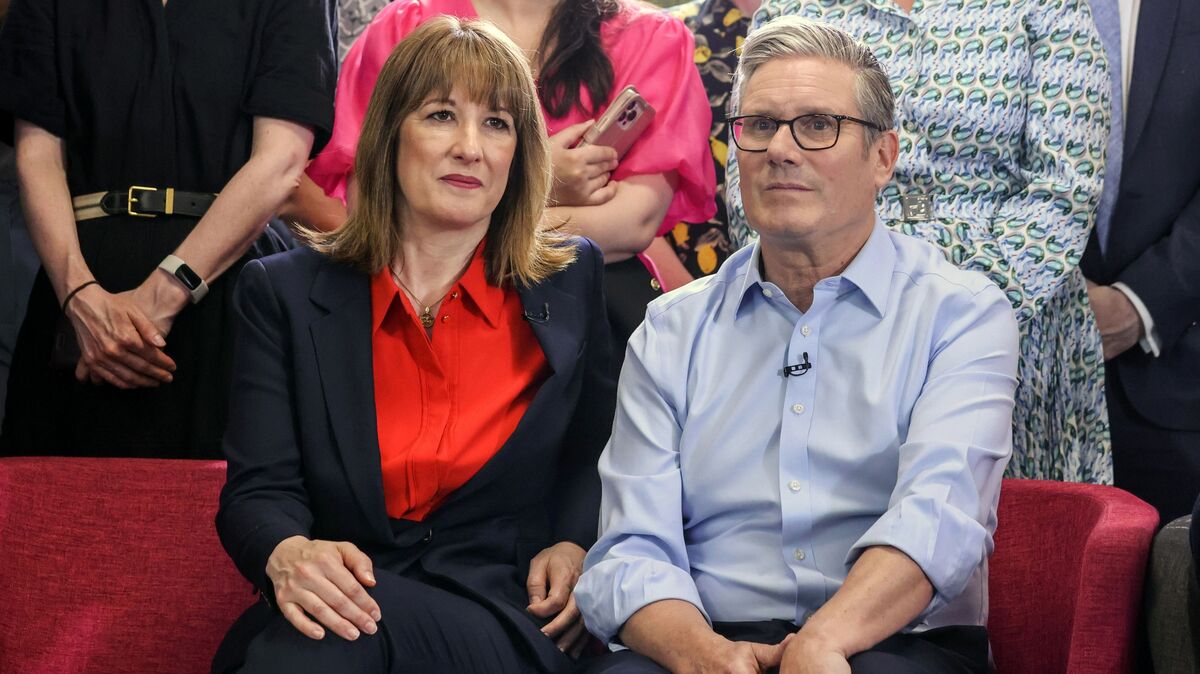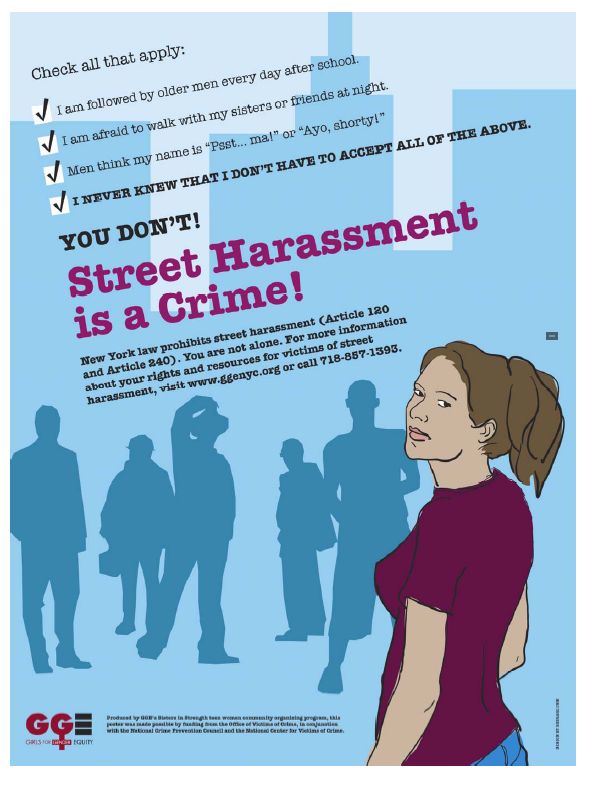Report on Commercial Sexual Exploitation of Children in Florida: Emphasis on Sustainable Development Goals
Overview of Verified Cases in 2024
A recent report by the Florida Legislature’s research arm highlights a concerning rise in verified cases of children involved in commercial sexual exploitation in 2024, reaching a four-year high. This issue directly relates to the United Nations Sustainable Development Goals (SDGs), particularly Goal 5 (Gender Equality), Goal 8 (Decent Work and Economic Growth), and Goal 16 (Peace, Justice, and Strong Institutions), which emphasize the protection of children and the elimination of exploitation.
- In 2024, there were 379 verified victims of commercial sex exploitation, marking an 11.8% increase from 339 verified victims in 2023.
- This number remains below the 10-year peak of 400 verified victims recorded in 2018.
- Among the 379 victims, 261 were aged 15 to 17, with 91% identified as female, highlighting gender disparities in exploitation.
Geographical Distribution of Cases
- Broward County reported the highest number of verified victims with 47 cases.
- Other counties with significant cases include Miami-Dade (32), Palm Beach (27), Polk (22), and Duval (21).
Trends in Reports and Investigations
Despite the rise in verified victims, the number of reports and investigations has declined compared to 2023:
- Reports decreased from 3,358 in 2023 to 2,797 in 2024.
- Investigations dropped from 1,448 in 2023 to 1,340 in 2024.
Legislative and Programmatic Responses
Since 2015, the Florida Department of Child and Family Services has identified over 3,000 victims, averaging 361 annually. Legislative efforts have contributed to increased awareness and victim support, aligning with SDG 16’s focus on justice and strong institutions.
- Legislation requires prospective foster parents to be trained in identifying commercial sexual exploitation.
- Residential treatment centers must display human trafficking signage to raise public awareness.
- The Florida Safe Harbor Act (2012) established safe houses for child victims.
- A 2016 law removed prosecution of individuals under 18 for prostitution and reclassified child sexual exploitation in prostitution as human trafficking.
Funding and Recommendations
In fiscal year 2025, Florida allocated over $15 million from state and federal sources to support human trafficking victims, demonstrating commitment to SDG 3 (Good Health and Well-being) and SDG 10 (Reduced Inequalities).
The report recommends:
- Expanding service and placement options for victims of commercial sexual exploitation.
- Amending state laws to facilitate victim compensation applications and approvals.
- Mandating the Department of Juvenile Justice to provide exploitation-specific treatment and services for verified and suspected victims.
Conclusion
The rise in verified cases of commercial sexual exploitation of children in Florida underscores the urgent need for continued legislative action, enhanced victim support services, and public awareness initiatives. These efforts are critical to advancing the Sustainable Development Goals, particularly those aimed at ending exploitation, promoting justice, and ensuring the well-being of all children.
1. Sustainable Development Goals (SDGs) Addressed or Connected
- SDG 5: Gender Equality – The article highlights that 91% of the verified victims of commercial sexual exploitation are female, indicating gender-related vulnerabilities.
- SDG 8: Decent Work and Economic Growth – The issue of commercial sexual exploitation of children is linked to forced labor and exploitation, which SDG 8 aims to eliminate.
- SDG 16: Peace, Justice and Strong Institutions – The article discusses legislative measures, victim protection laws, and law enforcement investigations addressing human trafficking and exploitation.
- SDG 3: Good Health and Well-being – The need for specialized treatment and services for victims relates to health and well-being.
2. Specific Targets Under Those SDGs
- SDG 5 – Target 5.2: Eliminate all forms of violence against women and girls, including trafficking and sexual exploitation.
- SDG 8 – Target 8.7: Take immediate and effective measures to eradicate forced labor, end modern slavery and human trafficking, and secure the prohibition and elimination of the worst forms of child labor.
- SDG 16 – Target 16.2: End abuse, exploitation, trafficking and all forms of violence against and torture of children.
- SDG 3 – Target 3.4: Promote mental health and well-being, including access to treatment services for victims of exploitation.
3. Indicators Mentioned or Implied to Measure Progress
- Number of verified victims of commercial sexual exploitation: The article provides data on verified cases (379 in 2024), which can be used as an indicator to measure progress towards reducing exploitation.
- Number of reports and investigations: The counts of reports (2,797 in 2024) and investigations (1,340 in 2024) serve as indicators of detection and response efforts.
- Legislative and policy implementation: The enactment of laws such as the Florida Safe Harbor Act and training requirements for foster parents imply indicators related to institutional response capacity.
- Funding allocated to victim services: The $15 million appropriated for service providers can be an indicator of resource commitment to combat exploitation and support victims.
- Access to specialized treatment and services: The recommendation for exploitation-specific treatment by the Department of Juvenile Justice implies an indicator measuring availability and quality of victim support services.
4. Table of SDGs, Targets and Indicators
| SDGs | Targets | Indicators |
|---|---|---|
| SDG 5: Gender Equality | Target 5.2: Eliminate all forms of violence against women and girls, including trafficking and sexual exploitation. |
|
| SDG 8: Decent Work and Economic Growth | Target 8.7: Eradicate forced labor, modern slavery, human trafficking, and child labor. |
|
| SDG 16: Peace, Justice and Strong Institutions | Target 16.2: End abuse, exploitation, trafficking and all forms of violence against children. |
|
| SDG 3: Good Health and Well-being | Target 3.4: Promote mental health and well-being, including access to treatment services. |
|
Source: washingtonexaminer.com







